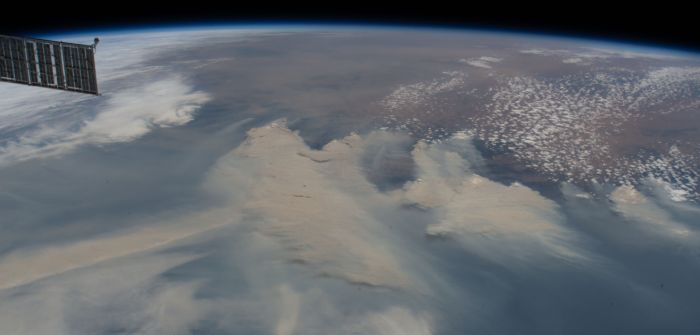The bushfires in Australia that started last year sent smoke and aerosols higher into the atmosphere than Earth-observing instruments had ever recorded.
The fires burned millions of acres of land in New South Wales and Victoria, and now the fires have been extinguished, NASA is still monitoring the effects.
Between November 2019 and January 2020, the Stratospheric Aerosol and Gas Experiment (SAGE) III instrument mounted on the International Space Station monitored rising stratospheric aerosols above Australia.
In November, SAGE III saw more aerosol in the upper part of the troposphere but by January, they reached the stratosphere due to pyrocumulonimbus storms.
The ISS’s orbit let SAGE III make high-resolution, vertical observations of the stratosphere, with aerosol rising from 15km in early January to 30km by May.
Kevin Leavor, SAGE III scientist, said, “A process called the diabatic heating effect causes the aerosols resulting from the wildfires to absorb sunlight and heat the air around them, and rise higher into the stratosphere. This process causes the aerosols to remain in the atmosphere longer before slowly falling back to the Earth’s surface, than if there was no substantial diabatic heating.”
Scientists initially saw aerosols from the fires drift east toward South America, but more recent observations saw them head toward the tropics.
Based on data from previous wildfires, scientists expect the effects of the Australian fires to stick around for a year.



